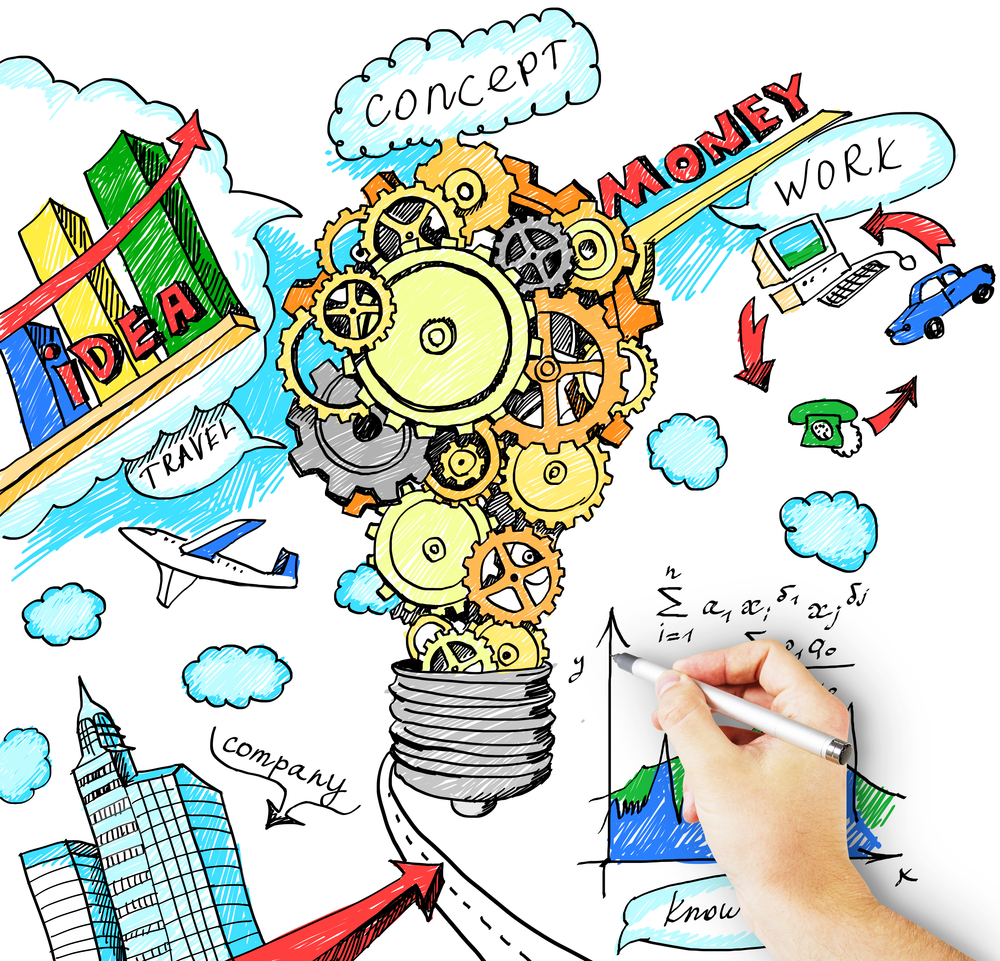Discovery
In the first phase as an entrepreneur, identify a meaningful problem and come up with a solution that people would be interested in. During this phase, learn about the lean startup methodology, assess the market, conduct interviews with potential consumers, figure out the most compelling value proposition of the product, and put together a founding team.
Validation & Product development
The startup’s product goes from being a hypothetical solution to minimum viable product created with minimal resources. Have early organic users test it out and get their feedback. Iterate your idea to adapt to the feedback received and test again. Use the learnings and iteration to obtain Product Market Fit (PMF). During this phase, hire key team members, refine your pitching skills, and join an accelerator or start attracting investors.
Efficiency
Once the product is PMF and ready for full-blown product development, refine all core features of the product, fix the leaky product, and start with studying product marketing. Learn the best channels and methods to acquire customers and start obtaining the first paying customers. The aim is to increase the customer base in the most effective way. Focus on activation and retention. Be prepared for the scaling phase.
Scale
It’s time to prove that the startup has the capacity to grow in a sustainable manner while keeping costs down. It is time for the larger fundraising rounds. Consider if you want to grow within the market via new product lines and/or research new markets for strategic expansion. Build a solid infrastructure, grow the team and create the company culture.
Mature
With the support of large fundraising rounds, you managed to scale. Now is not the time to click on cruise control and admire what you have done. Problems may arise at this phase that you can’t afford to put on the back burner. In order to increase the longevity of your business and to sustain profits or grow, tackle the problems instantly. The startup should have significant revenue at this phase; plan how you want to further expand with product lines and/or market expansions. Start planning the exit strategy and future growth of the company.
Exit or renew
The business model is working and credible. The funding is available to expand and you have succeeded. You have two choices at this phase, either to exit by selling the startup or to go public.
The startup life cycle is crucial to how one can acquire the resources for what the brand will require to grow, renew, and constantly reinvent itself in the vigorous market.

